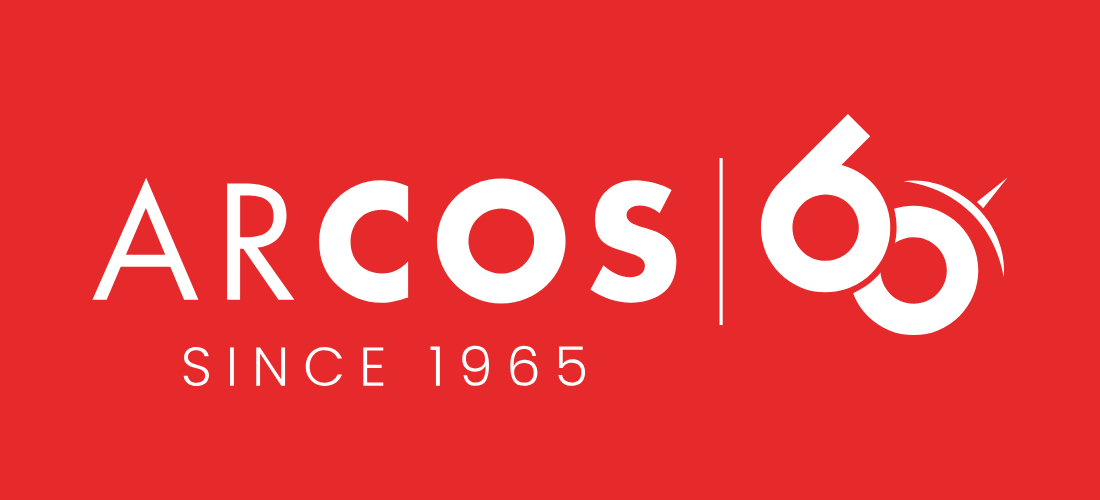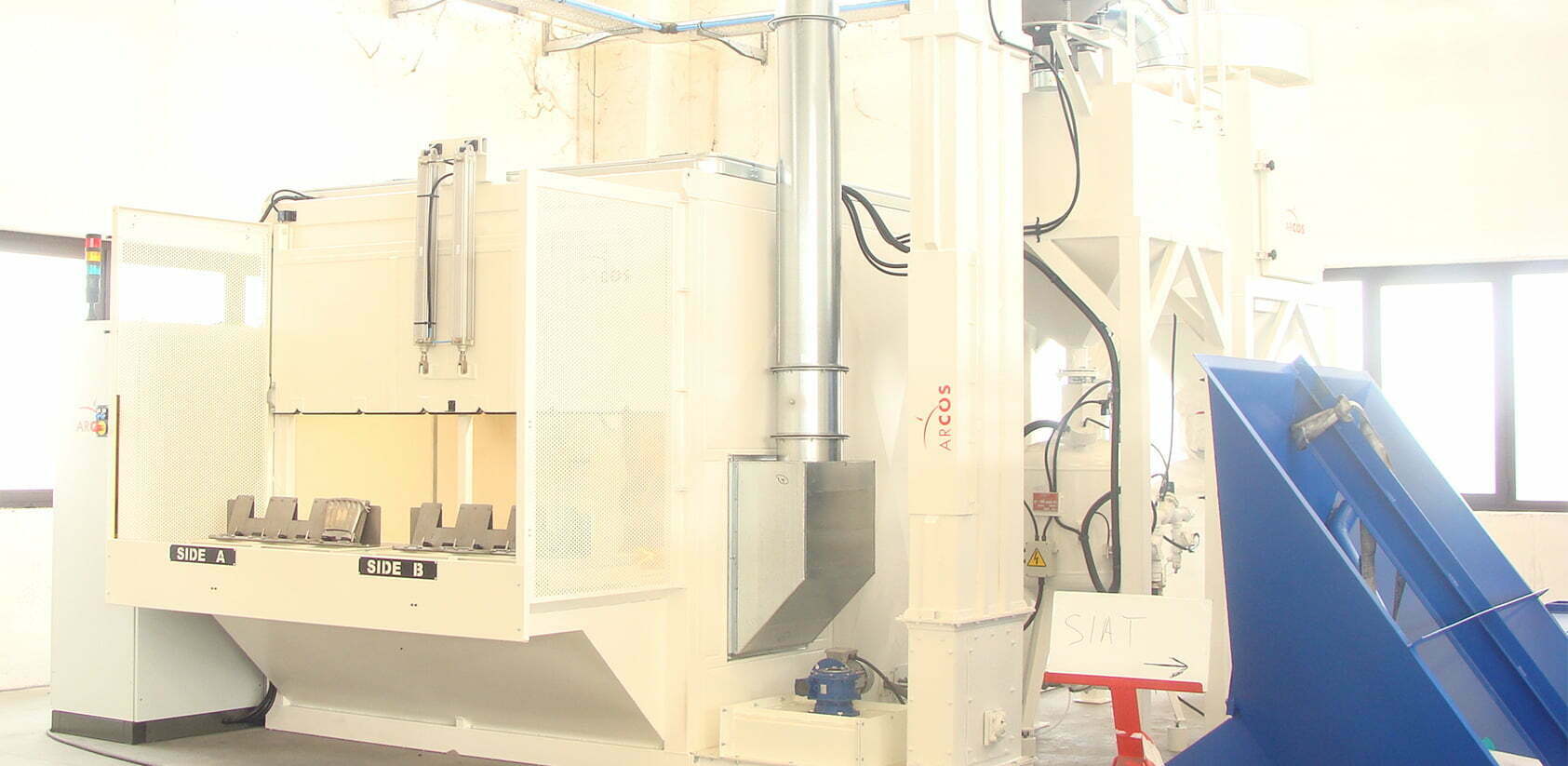Sandblasting is a versatile technique employed across numerous industries for cleaning, surface preparation, and restoration. It effectively removes rust, paint, and other contaminants from materials like metal, wood, and concrete.
Commonly used in automotive restoration, construction, and industrial maintenance, sandblasting ensures surfaces are ready for painting or coating, providing improved adhesion and longevity.
Additionally, sandblasting is used to restore antique items, refurbish machinery, and clean intricate surfaces, making it indispensable for maintaining and enhancing the condition of various materials and equipment. The performance of sandblasting can be further enhanced through robotization.
Table of Contents
Definition and process
What does sandblasting do? It uses a high-pressure stream of abrasive materials directed at a surface. An air compressor pressurizes the abrasive media, which is then funneled through a nozzle toward the target area. The abrasive particles strike with enough force to remove rust, paint, and contaminants and can also produce a textured finish that improves the adhesion of coatings.
The sandblasting process consists of four main steps:
Abrasive selection and loading: the appropriate abrasive media for the task is chosen and then loaded into the blasting machine.
Types of abrasive media
Selecting the right abrasive media is essential to achieve the desired finish without harming the material, minimizing damage, and extending the life of the equipment and material being processed. Based on the surface materials, the desired finish, and the job type, you can choose from:
Benefits of sandblasting
Sandblasting is widely used in various applications because offers several benefits:
Improved Durability: Enhances the longevity of coatings and finishes by providing a clean, textured surface.
Applications of sandblasting
Sandblasting is a versatile process that enhances surface quality, durability, and appearance across multiple industries:
Robotic sandblasting: achieving the perfect finish
Automation through robotic systems significantly enhances the benefits of sandblasting: the use of robots provides greater precision, uniform results, and increased safety for human operators.
By replacing human operators, it avoids exposure to toxic materials and also boosts productivity and efficiency by enabling continuous operation. It is adaptable to any type of application.
To learn more about robotic automation applied to sandblasting, see our robotic system for sandblasting of aeronautical details.
Conclusion
Sandblasting is a versatile and effective process for cleaning, smoothing, and preparing surfaces across various industries. It offers numerous benefits, including the removal of rust, paint, and contaminants, as well as the ability to create textured finishes for better coating adhesion.
With the advancement of robotic sandblasting, these benefits are further enhanced. Robots provide precision, consistency, and safety, reducing human exposure to hazardous environments and increasing overall efficiency and productivity. As technology evolves, robotic sandblasting is poised to become an even more integral part of industrial and maintenance processes.

